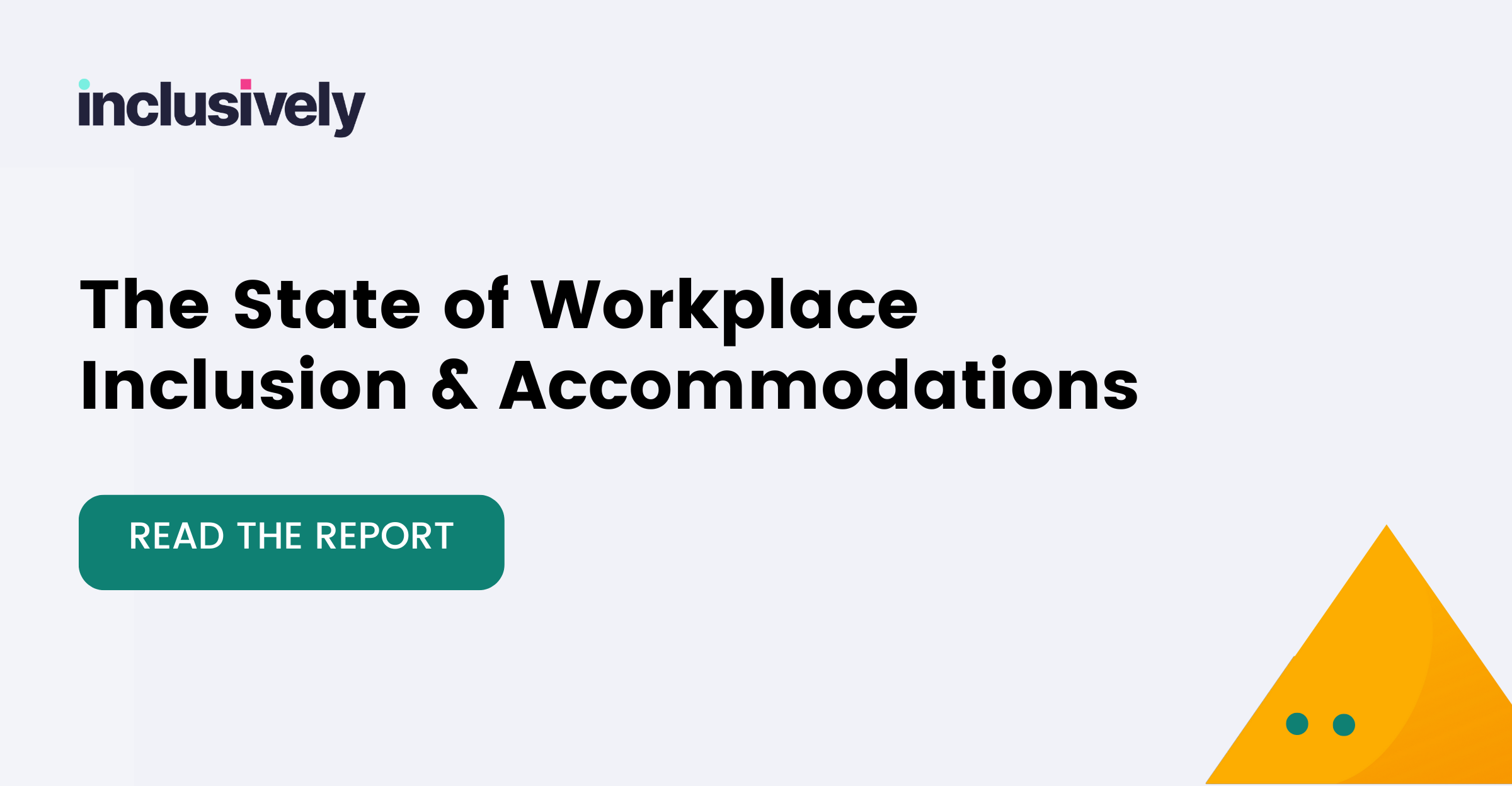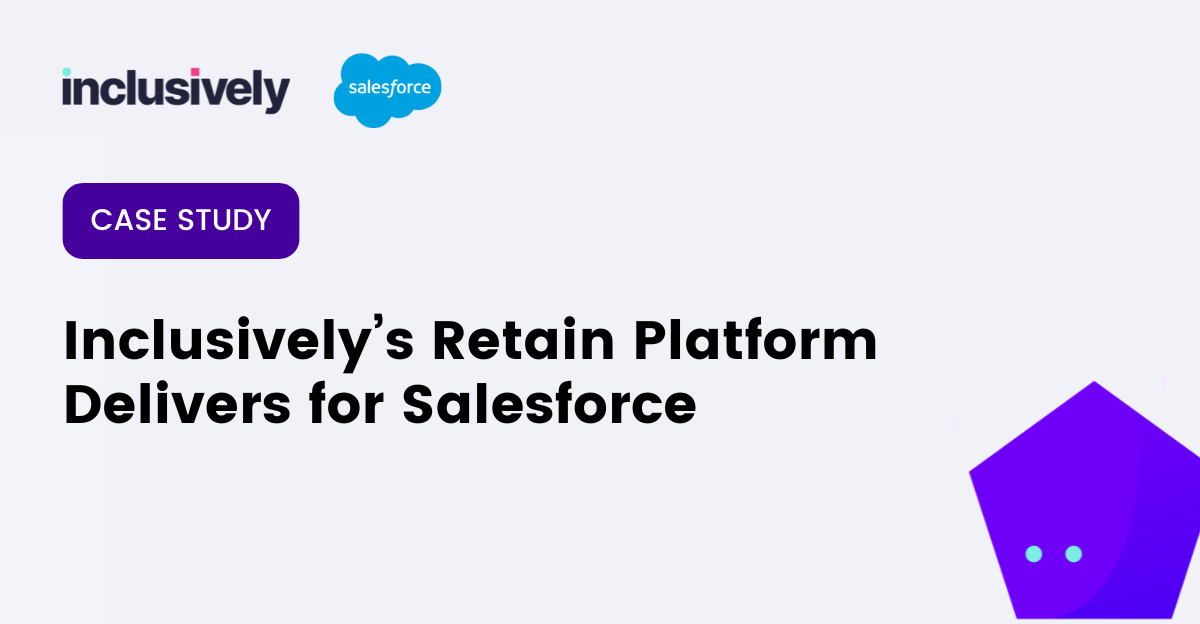Gartner recently conducted a survey with over 500 HR leaders to discuss their top priorities for this year.
These priorities include manager development, organizational culture, and change management, among others. But what stands out in the report is not just the priorities themselves but the driving factors behind them.
The “unsettled” state of employee-employer relationships emerges as the key challenge CHROs are facing. This term encompasses various issues, predominantly around flexibility, productivity, and trust.
Three main issues fuel this unsettled relationship.
Firstly, there is a significant level of mutual mistrust, with only about 50% of employees trusting their organizations, according to Gartner.
Second is the “flexibility controversy,” with only 26% of organizations reporting full compliance with on-site attendance requirements from employees.
Lastly, “productivity anxiety” is rampant, with nearly half of the workforce viewing their current performance level as unsustainable.
These issues present a clear problem, and while not every organization may face all these challenges, most HR leaders, particularly in large companies, are likely to encounter at least one.
CHROs can effectively meet these challenges with Retain. Request a demo now.
The question is: how can HR leaders settle the “unsettled” relationship?
To rebuild trust, CHROs must implement scalable, transparent processes for collecting and acting on feedback.
They need to understand and perhaps emulate strategies from leaders who have successfully retained their workforce. Creating a psychologically safe environment for employees to provide anonymous feedback is crucial. This involves establishing a dependable, scalable, organized, and unbiased structure for feedback collection and continuous improvement.
Part of addressing the “flexibility controversy” involves clarifying that flexibility does not equate to less work. For instance, the implementation of more structured flexible work hours might mean setting a minimum of 40 hours a week for full-time employees, with necessary coordination between employees and managers to determine specific working hours. The goal is to create a balance that allows for flexibility within a structured framework, maintaining open communication and the willingness to make and accept adjustments over time.
However, organizations, especially larger ones, need a certain level of structure to avoid chaos.
That’s where Retain comes in. It can remove redundancies and process hurdles, significantly alleviating manager burnout.
Managers often feel drained due to constantly reacting to issues that could be mitigated with better systems in place. Therefore, by simplifying processes and consolidating redundant interactions with Retain, HR leaders can make managerial tasks more manageable, as supported by Gartner’s findings.
By streamlining processes and fostering a culture of trust and responsive feedback, organizations can not only adapt to preferred work models but also reshape their culture positively.


